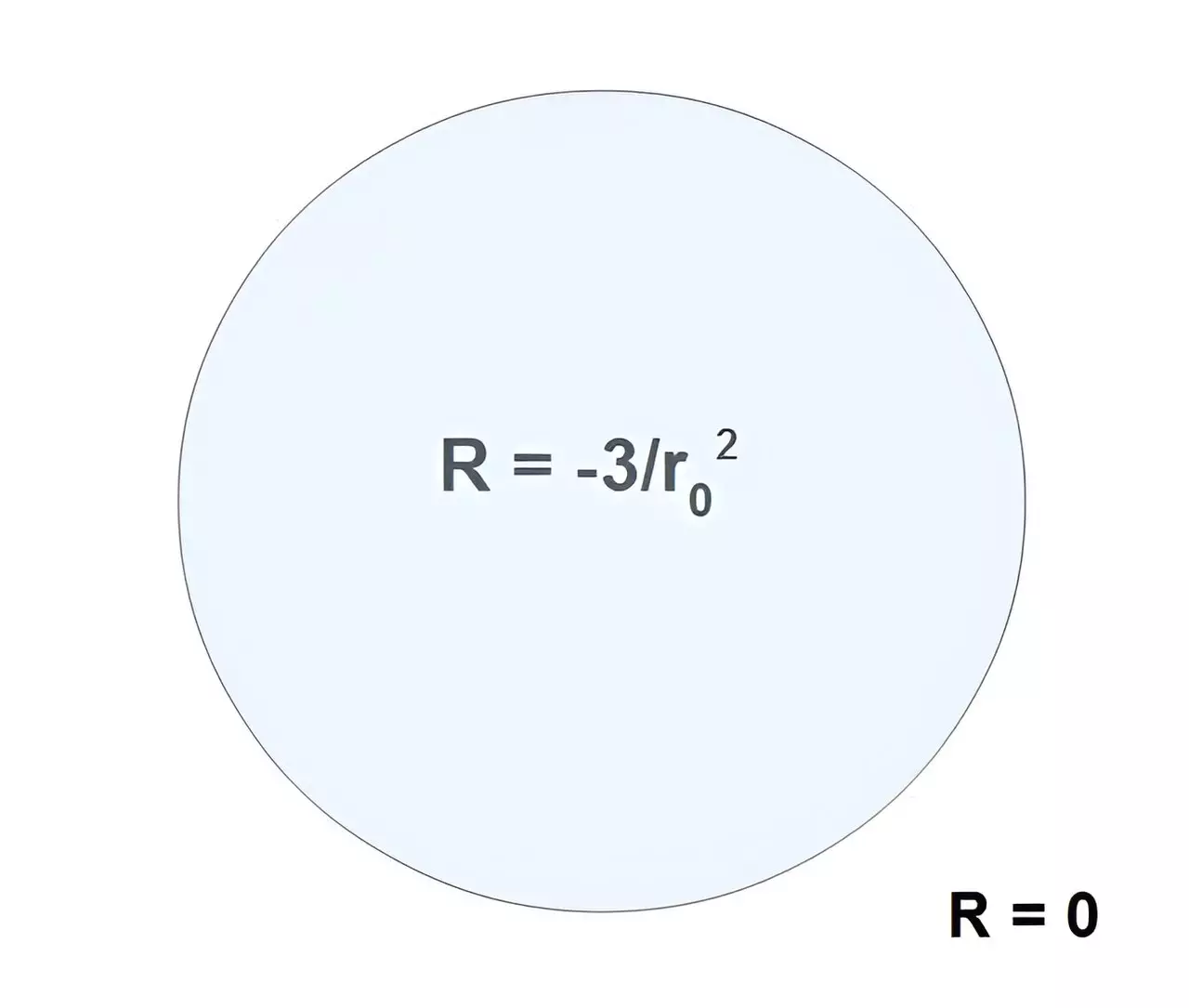The universe is a complex and mysterious realm filled with fascinating celestial phenomena. Among these, neutron stars and black holes stand out due to their unique characteristics and significant implications for our understanding of physics and cosmology. This article delves into the fundamental differences between these two astronomical entities, examining the underlying physical principles, current theories, and implications of recent discoveries.
Neutron stars are the remnants of massive stars that have undergone a supernova explosion. When the core collapses under gravitational force, protons and electrons combine to form neutrons, resulting in an incredibly dense state of matter. Typically, a neutron star has a maximum mass of about 2.34 solar masses, which is governed by the principles of quantum chromodynamics—the theory that describes the strong force responsible for holding atomic nuclei together.
This high density creates unusual physical conditions. Neutron stars are primarily composed of neutrons packed tightly together, which provides an intriguing avenue for studying fundamental physics. Causality plays a critical role in neutron stars, as they exhibit predictable behaviors based on existing physical laws. This allows scientists to use theoretical models to understand their formation, structure, and eventual fate, which can include the possibility of further collapsing into black holes if they exceed their mass limit.
In contrast, black holes present a more perplexing challenge to our understanding of physics. Formed when massive stars undergo gravitational collapse, black holes possess no defined maximum mass limit. Instead, they exhibit a minimum mass threshold of approximately 2.35 solar masses, allowing for varying forms—including supermassive black holes with masses that can reach millions or even billions of solar masses.
Characterized as spacelike matter, black holes defy conventional causality. They are regions in space where the gravitational pull is so intense that not even light can escape. The concept of an acausal entity leads to significant challenges in defining their behavior and properties, primarily because traditional physics, which relies on causal relationships, fails to apply in a straightforward manner.
Two important implications follow from our understanding of black holes: the existence of a universal black hole constant and the nature of pressures involved in their dynamics. While black holes have gravitational invariants—quantities used to understand their properties—such as scalar curvature (R), they lack key attributes like entropy or temperature that are inherent in causally governed systems.
An interesting aspect of black holes is the relationship between different forms of pressure they experience—outward pressure caused by negative scalar curvature (P_S) and inward pressure from self-gravity (P_M). The equilibrium of these pressures is critical in understanding how black holes coexist and interact with each other. It has been shown that under certain conditions, the equilibrium is stable, leading to the emergence of a universal force constant (F) that governs the dynamics of all black holes, irrespective of their individual masses.
An extraordinary consequence of this force constant is the calculation of the largest pressure in the universe, which arises from the smallest black holes. Surprisingly, the pressure exerted by such small black holes is incomprehensibly vast, dwarfing the pressures found in celestial bodies like Jupiter.
Furthermore, black hole coalescence occurs under specific conditions related to these pressures. An area law describing how two black holes can merge depends on whether the combined pressures exceed the pressure of the resultant remnant. Supporting evidence for these ideas has been gathered from gravitational wave data, suggesting that the physics governing black hole interactions is far more intricate than previously thought.
Misinterpretations and Theoretical Conflicts
Despite significant advancements, misconceptions surrounding black holes persist in scientific literature. One common fallacy involves the assertion that black holes contain singularities—points at which densities become infinitely large. This concept arises from a misapplication of causal physics to acausal black holes and results in contradictions. This misconception has led researchers to various erroneous conclusions about black holes, including the notion that they can evaporate and leave behind a vacuum state.
Such discrepancies highlight the complexities involved in reconciling causal and acausal theories within the framework of general relativity. As researchers aim to refine our understanding of these celestial bodies, ongoing studies may reveal novel insights that could reshape our fundamental theories of gravity and quantum mechanics, bridging the gap between the macroscopic and microscopic realms.
The study of neutron stars and black holes serves as a window into the extreme laws of physics governing our universe. These cosmic phenomena challenge our understanding of time, space, and matter, compelling scientists to reevaluate established theories and explore new avenues of inquiry. As we continue to investigate these extraordinary entities, our understanding of the cosmos will undoubtedly expand, revealing new truths about the universe and the fundamental nature of reality itself.


Leave a Reply